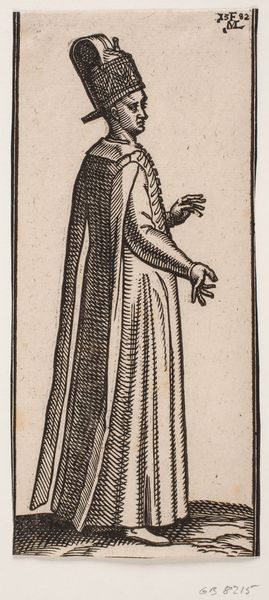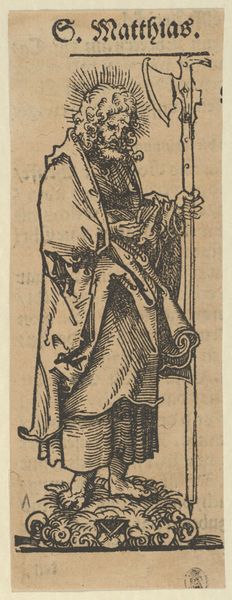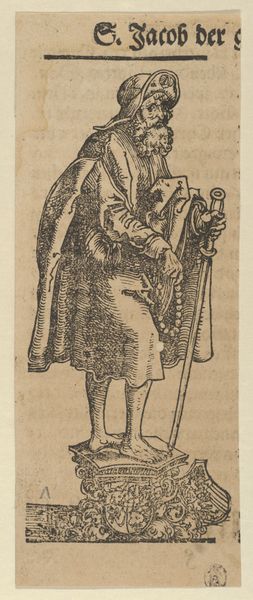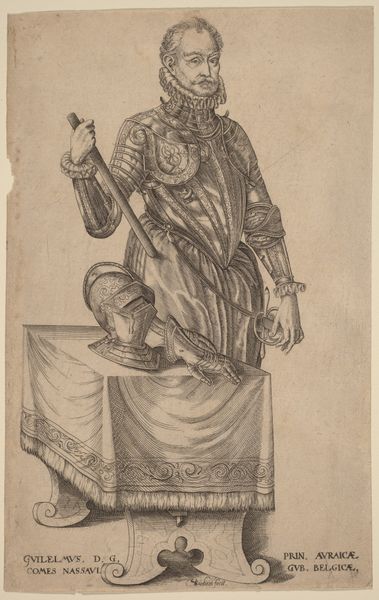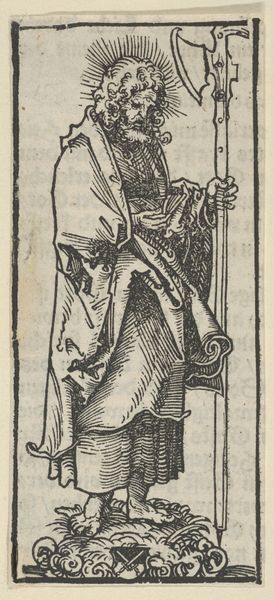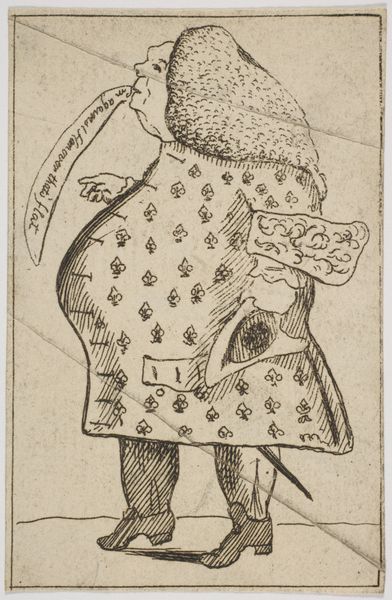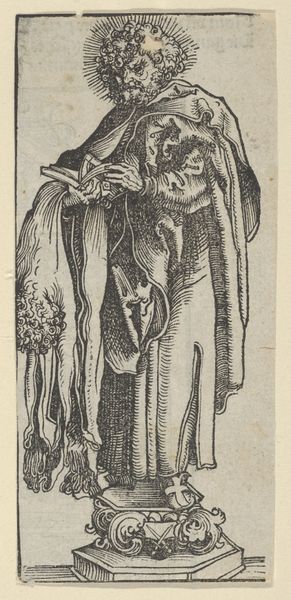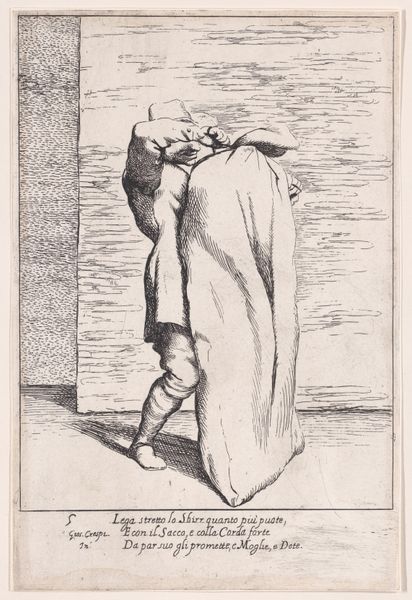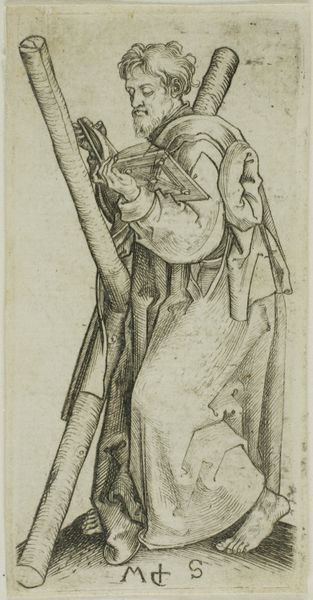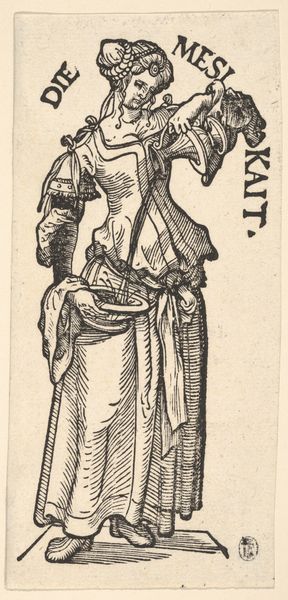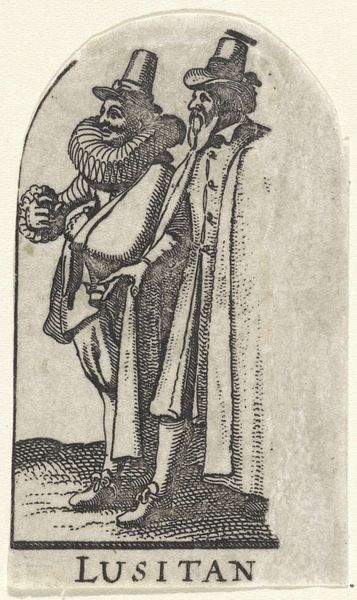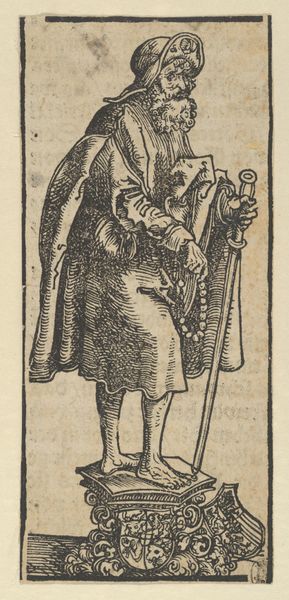
drawing, ink
#
portrait
#
drawing
#
asian-art
#
figuration
#
ink
#
line
Copyright: Public Domain
Curator: My first impression is one of quiet dignity. This ink drawing by Hans Thoma, created around 1905, is called "Zeichnung zur Fibel_ Chinese," now held here at the Städel Museum. The portrait, with its delicate linework, evokes a bygone era. Editor: It's striking how Thoma captures the figure within what looks like a miniature proscenium, flanked by vaguely oriental architectural details. The buildings feel theatrical, almost like painted backdrops. The symbol on his chest seems very specific. What's that about? Curator: Good eye. This man’s attire reflects Qing Dynasty fashion, from the scholar's hat to the long robe adorned with decorative patterns. The badge on his chest, known as a Mandarin square or rank badge, would have signified his position in the imperial court. Thoma was really taken by other cultures, you know. Editor: Ah, a symbol of status and power! I find myself pondering Thoma’s motivations. What drew a German artist at the turn of the century to depict a Chinese official? What kind of ideas about Asian people were he conveying? Is it a faithful representation, or something else? Curator: Maybe a bit of both, I imagine. As an artist, he’s looking beyond the surface, trying to grasp the man’s essence. Perhaps the flowing lines are meant to reflect the perceived grace or the mystery that the "Orient" held for European eyes at the time. He might've been trying to communicate his own sense of how China felt at the time. Editor: Yes, this goes beyond mere portraiture. Thoma uses culturally specific imagery, imbuing the artwork with a weight of meaning. He also uses lines to trace our shared cultural curiosity through image. You almost wonder what he'd make of it being presented today. Curator: That’s a lovely thought to leave on: an artwork which lets us look into someone’s past as we try to imagine its future, with its flowing robes and faint, slightly ironic smile. Editor: Ultimately, Thoma's work prompts us to think critically about cultural representation and how images shape our understanding of each other. A valuable reflection.
Comments
No comments
Be the first to comment and join the conversation on the ultimate creative platform.
